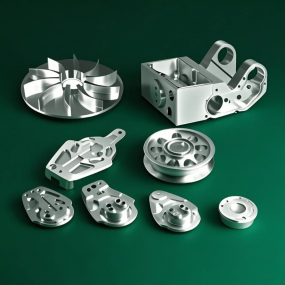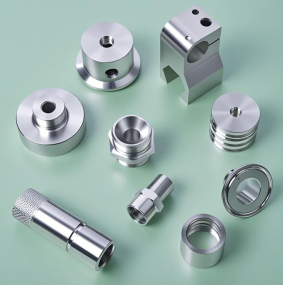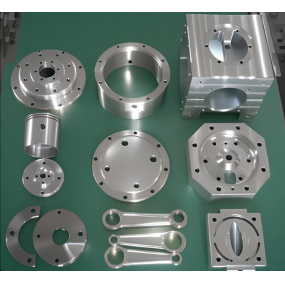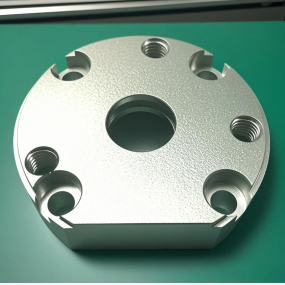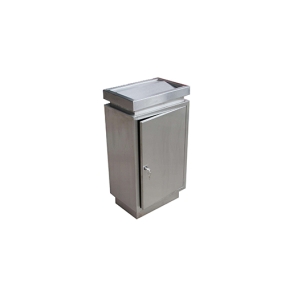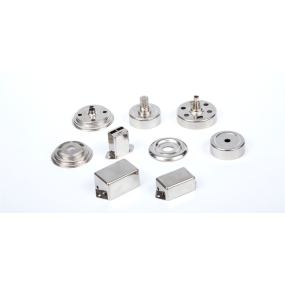Numerical control lathe is a machine tool that uses numerical control technology to process workpieces, with high precision, high efficiency and high automation. In numerical control lathes, there are many different processing modes. According to the different processing methods and processing steps, the processing modes of numerical control lathes can be divided into the following categories:
1. Surface milling processing mode: This processing mode is mainly used to machine the surface of the workpiece in plane and contour, which can effectively improve the processing efficiency and processing quality. Surface milling processing mode can realize the horizontal and vertical cutting of the workpiece to achieve the required size and shape requirements.
2. Thread processing mode: Thread processing is a common processing method for numerical control lathes, which can realize thread processing of various specifications and pitch. In the thread processing process, numerical control lathes can realize automatic tool feed and return to ensure the processing accuracy and quality of threads.
3. Hole machining mode: Hole machining mode is mainly used for machining the internal aperture of the workpiece, which can realize hole machining of various specifications and accuracy requirements. The numerical control lathe can realize different processing methods such as boring, hinge and drilling of holes through different cutting processes and tool selection.
4. Axis machining mode: Axis machining mode is a common machining mode of numerical control lathes, which can realize axial machining of workpieces. Axis machining mainly includes turning, boring, grooving and other operations, which can realize the processing requirements of workpiece diameter, length and shape.
5. Contour machining mode: Contour machining is an important machining mode for numerical control lathes, which can realize the processing of workpiece contours and the shaping of shapes. Contour machining mode mainly includes milling, turning and other processes, which can realize the processing requirements for the contours and shapes of various parts of the workpiece.
In general, numerical control lathes have a variety of processing modes, and can choose the appropriate processing mode according to different processing requirements and workpiece characteristics to achieve efficient processing and high-quality processing of workpieces. Through reasonable processing planning and parameter setting, numerical control lathes can meet the processing needs of various workpieces, improve production efficiency and processing accuracy, and reduce labor costs and production costs. It has a wide range of application value and market prospects.


 Spanish
Spanish Arabic
Arabic French
French Portuguese
Portuguese Belarusian
Belarusian Japanese
Japanese Russian
Russian Malay
Malay Icelandic
Icelandic Bulgarian
Bulgarian Azerbaijani
Azerbaijani Estonian
Estonian Irish
Irish Polish
Polish Persian
Persian Boolean
Boolean Danish
Danish German
German Filipino
Filipino Finnish
Finnish Korean
Korean Dutch
Dutch Galician
Galician Catalan
Catalan Czech
Czech Croatian
Croatian Latin
Latin Latvian
Latvian Romanian
Romanian Maltese
Maltese Macedonian
Macedonian Norwegian
Norwegian Swedish
Swedish Serbian
Serbian Slovak
Slovak Slovenian
Slovenian Swahili
Swahili Thai
Thai Turkish
Turkish Welsh
Welsh Urdu
Urdu Ukrainian
Ukrainian Greek
Greek Hungarian
Hungarian Italian
Italian Yiddish
Yiddish Indonesian
Indonesian Vietnamese
Vietnamese Haitian Creole
Haitian Creole Spanish Basque
Spanish Basque

